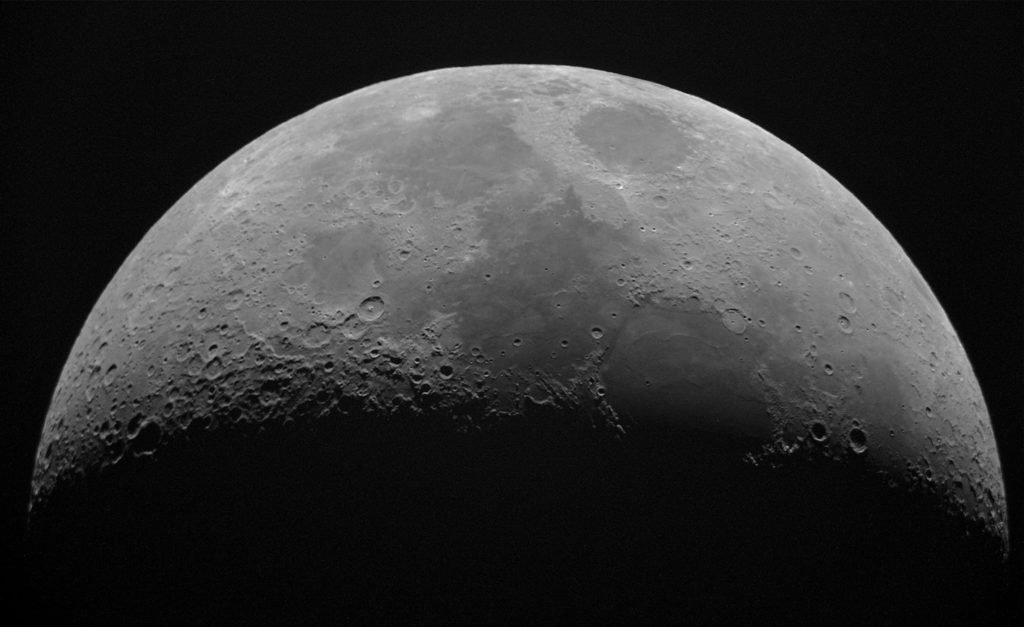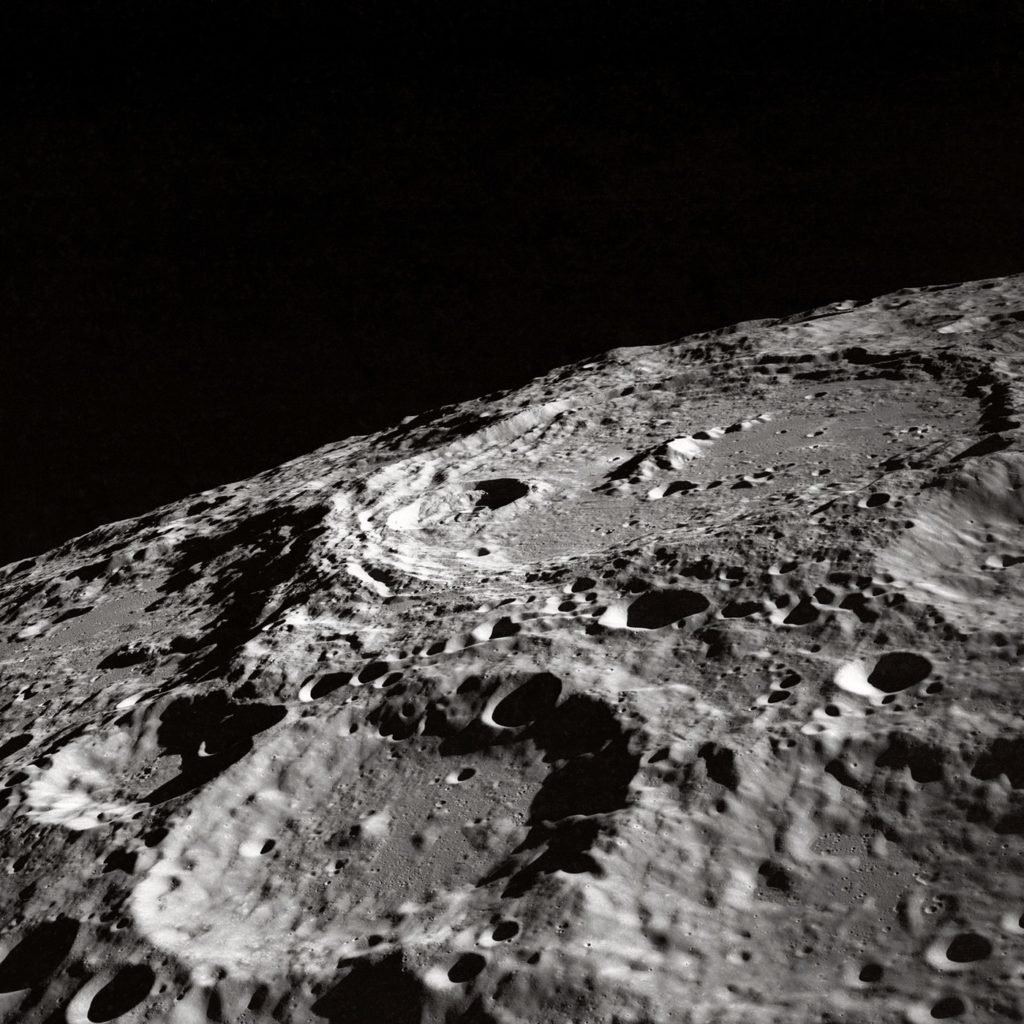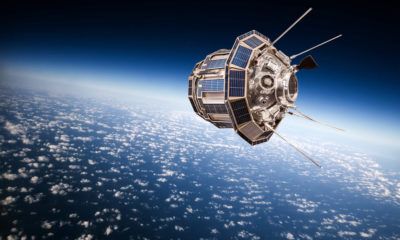Business
China lands lunar probe on moon’s less-explored side
Making a mark in human space exploration, China successfully lands its first-ever lunar probe on the moon’s less-explored side.

The start of the new year is the start of a new beginning, and this couldn’t be truer for the current state of human space exploration, as we finally conquer what legendary rock band Led Zeppelin has dubbed as the “dark side of the moon” in their iconic 1973 album of the same name.
Earlier this week, Chang’e 4, a lunar probe developed and launched by China, made its mark in human history by being the first-ever spacecraft to land on the far side of the moon, which is the mountainous, previously unexplored, and less-studied part of our Earth’s natural satellite and night guide. Named after the mythical moon goddess, Chang’e was initially launched last December 7 and landed at 10:26 a.m. Beijing time Thursday in the unexplored South Pole-Aitken basin, the biggest known impact structure in the solar system. It immediately relayed a picture, according to Bloomberg.
Per the Guardian, prior to confirmation of the landing and the release of the first close-up shots of the far lunar surface by the Chinese state broadcaster CCTV, many details of the mission, including the planned timing of the landing, had been kept secret from the public.
The dark side of the moon
On Jan. 3, a number of new high-resolution images were provided courtesy of China’s National Space Administration, showcasing the glory of our moon’s more mysterious side. Since radio communication with the moon’s far side is more difficult, the images had to be relayed through a special relay satellite called the Queqiao. The satellite is currently in a “halo orbit” on the other side of the moon, from where it can communicate with both Chang’e and the Earth. It was launched in May last year.
The pictures were taken using the lunar probe’s onboard cameras, and show the rover, named Yutu 2, leaving the lander behind and rolling farther down some tracks. Presently, the rover is situated in the floor of the 115 miles wide on Kármán Crater near the Moon’s South Pole.
Per China’s Space Administration, Yutu 2 and the Chang’e 4 probe were meant to be backups and successors to the original Yutu rover, which landed on the near side of the Moon back in December 2013 as part of the Chang’e-3 mission.

NASA says China’s lunar probe landing is an impressive accomplishment. (Source)
According to NASA administrator Jim Bridenstine, the landing is “an impressive accomplishment,” while Swedish Institute of Space Physics scientist Martin Wieser said, “We know the far side from orbital images and satellites, but we don’t know it from the surface. It’s uncharted territory and that makes it very exciting.”
Heavily pockmarked by deep, unexplored craters, the far side of the moon is of particular scientific interest, and instruments aboard the probe will be used to study these, along with lunar geology, and an analysis of the solar wind. Yutu 2 will also be used to probe the moon’s interior, while onboard experiments will also test how well plants can grow inside the moon’s weak gravity.
During the next few weeks, mission control is expected to test if the probe is fully operational. If no problems are found, data collection will start. According to Wieser, the first batch of data should be collected by mid-February.

-

 Biotech1 day ago
Biotech1 day agoHaptena Therapeutics Launches with €3 Million Funding to Target KRAS-Mutated Tumors
-

 Impact Investing2 weeks ago
Impact Investing2 weeks agoHigh Awareness, Low Adoption: The VSME Challenge for European SMEs
-

 Crypto1 week ago
Crypto1 week agoBitcoin in 2025: Mainstream Momentum, Price Weakness, and a Pivotal Year Ahead
-

 Africa23 hours ago
Africa23 hours agoCasablanca Stock Exchange 2025: A Pivotal Year Toward Financial Maturity
























You must be logged in to post a comment Login